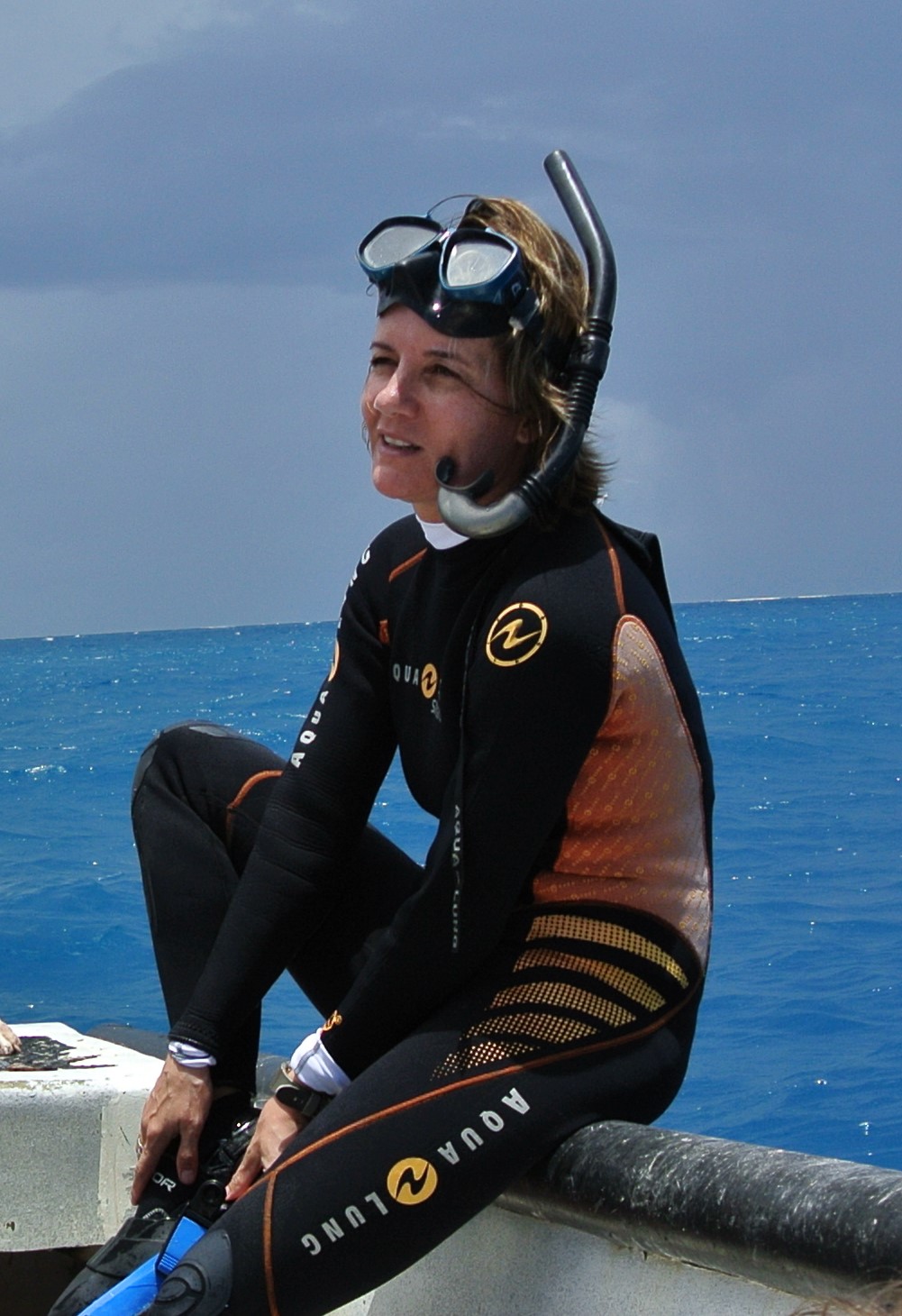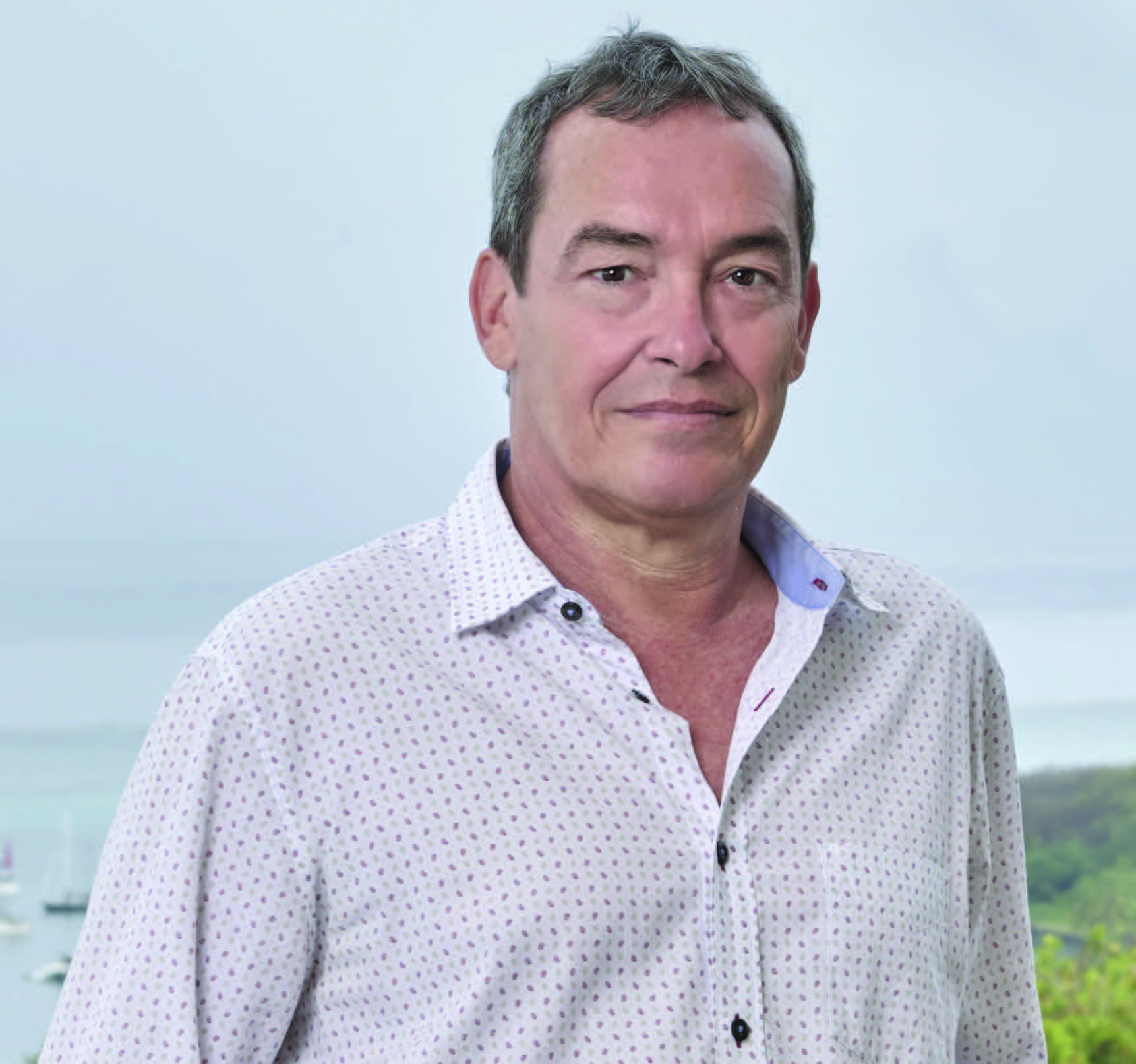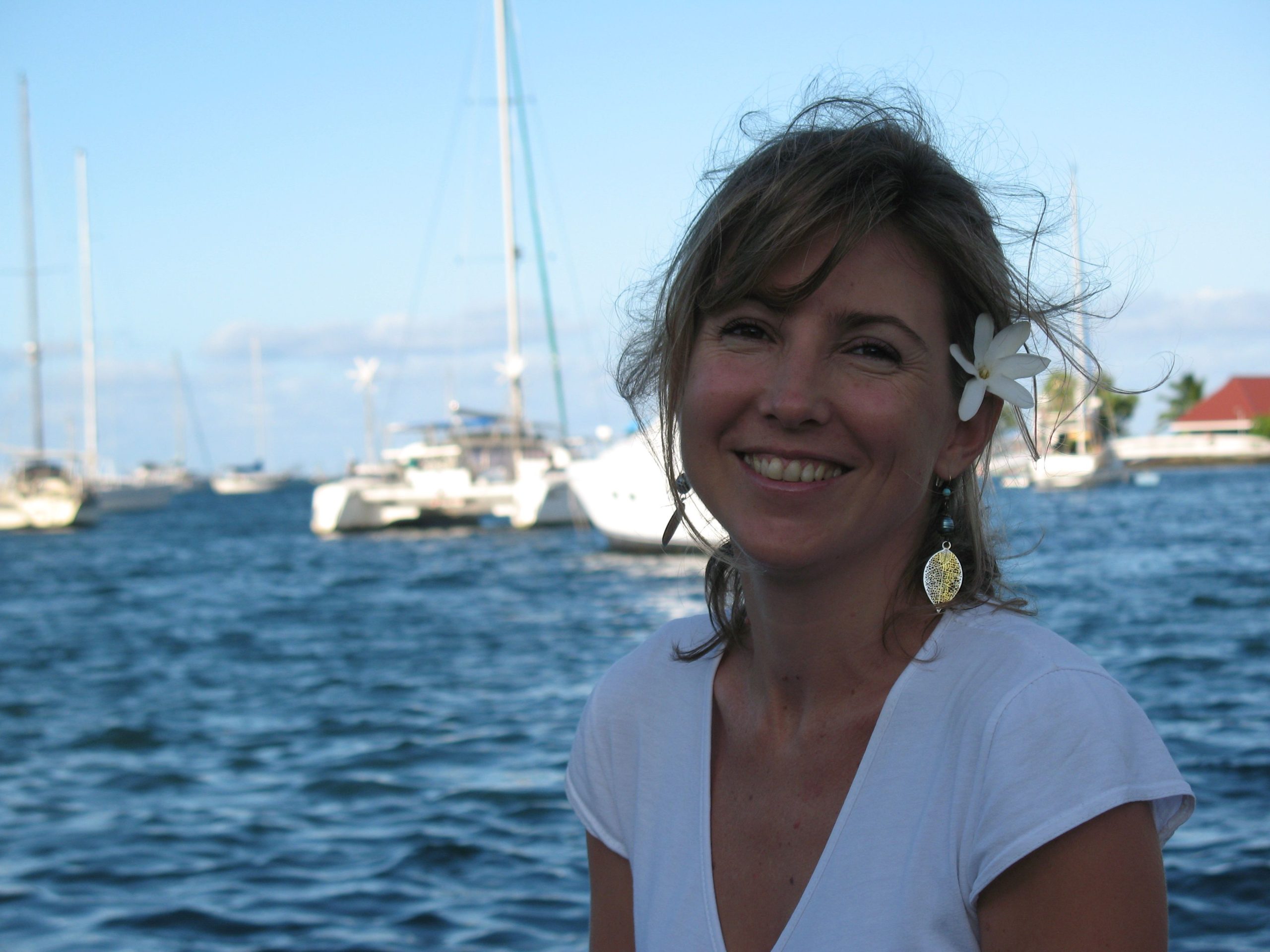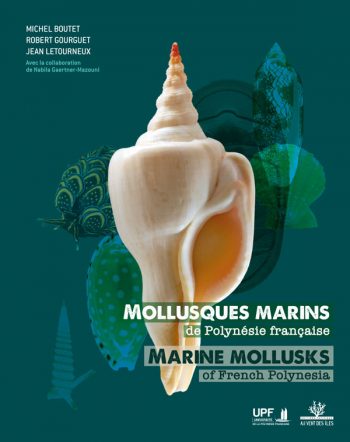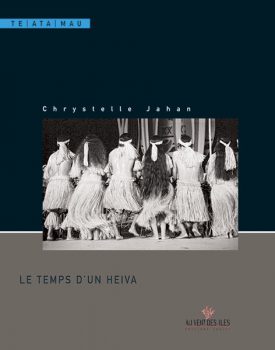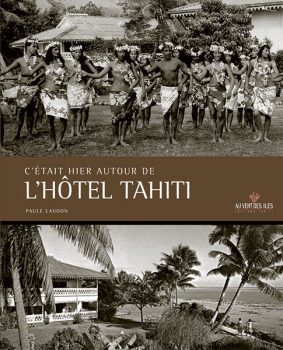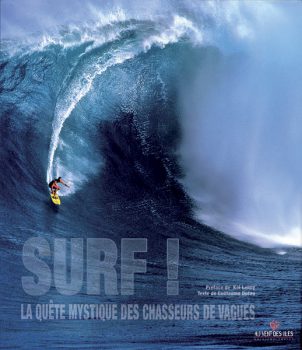
La Baleine tatouée
1 mars 2022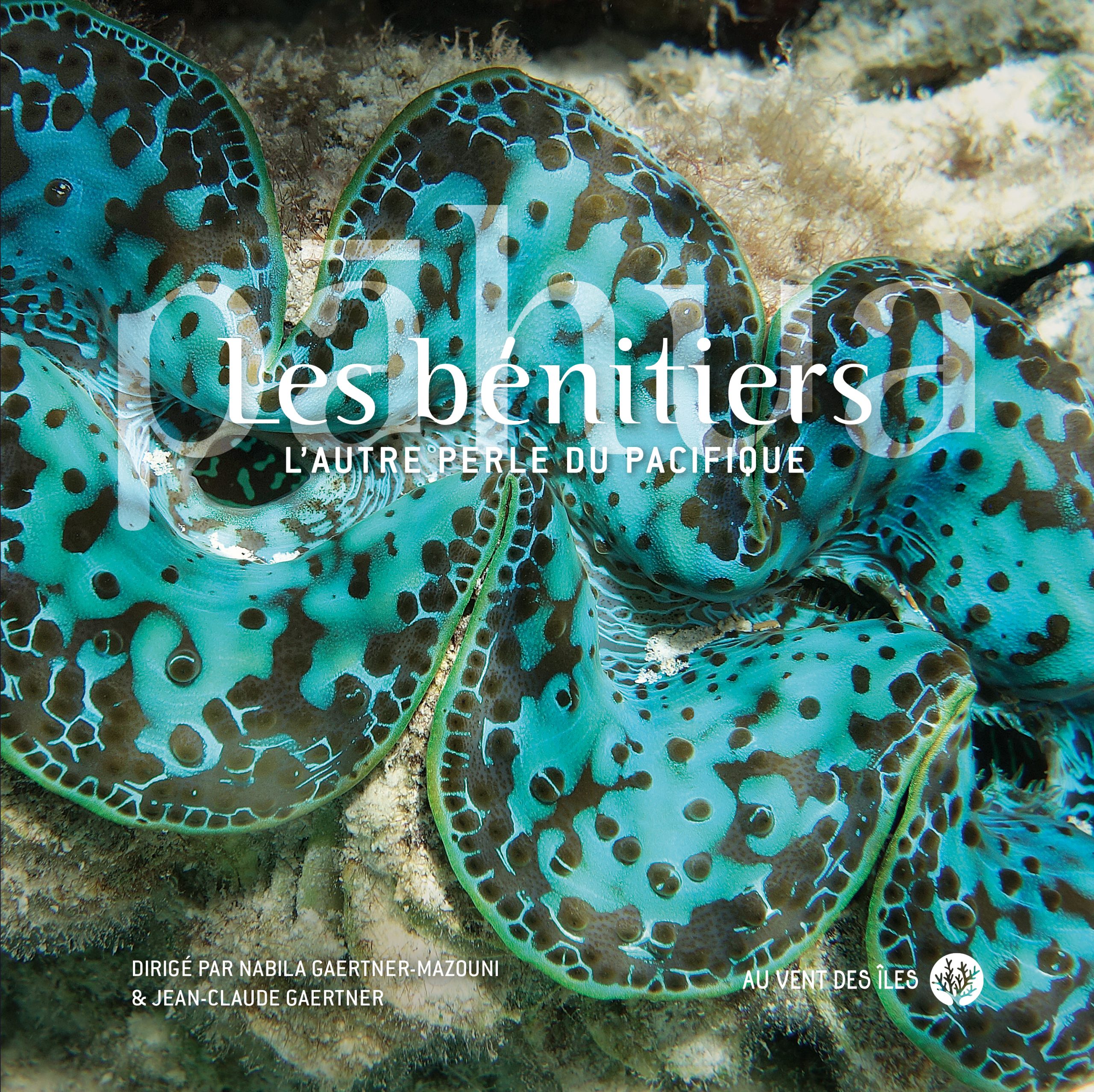
Les Bénitiers – L’autre perle du Pacifique
10 mars 2022The Giant Clam – A Priceless Emblem of the Pacific
2 950 XPF
Emblematic and mysterious, the giant clam has always inspired the curiosity of peoples ever since the first humans settled on the tropical shores of the Pacific and Indian oceans. A representation of the sacred or of power, but also, of course, a major food resource for many island communities, the giant clam is a token of influence in the culture of the peoples of the Pacific, a matrix for making tools, a currency!
Apart from its beauty and its role in art or beliefs, which have inspired human beings over the centuries, this group of species now interests the world of science in many of its aspects, whether in biology, ecology or its place in society: the giant clam still has a wealth of surprises in store. It is well worth being brought under the spotlights.
The aim of the present work is precisely to describe the specificities of this outstanding group of species, and the broad range of issues that must be taken into account to ensure its conservation.
We hope that once you have come to the end of these pages, which celebrate the giant clam in all its aspects, you will be convinced, as we are, that it is indeed … « a priceless emblem of the Pacific! »
Au vent des îles soutient les libraires indépendants. Contactez votre libraire habituel pour vous procurer nos ouvrages.
- Acheter sur Leslibraires.fr
- Acheter sur Mollat.com
- Acheter sur la fnac
- Acheter sur Chapitre
- Acheter sur Decitre
- Acheter sur Amazon
Emblematic and mysterious, the giant clam has always inspired the curiosity of peoples ever since the first humans settled on the tropical shores of the Pacific and Indian oceans. A representation of the sacred or of power, but also, of course, a major food resource for many island communities, the giant clam is a token of influence in the culture of the peoples of the Pacific, a matrix for making tools, a currency!
Apart from its beauty and its role in art or beliefs, which have inspired human beings over the centuries, this group of species now interests the world of science in many of its aspects, whether in biology, ecology or its place in society: the giant clam still has a wealth of surprises in store. It is well worth being brought under the spotlights.
The aim of the present work is precisely to describe the specificities of this outstanding group of species, and the broad range of issues that must be taken into account to ensure its conservation.
We hope that once you have come to the end of these pages, which celebrate the giant clam in all its aspects, you will be convinced, as we are, that it is indeed … « a priceless emblem of the Pacific! »
| Pays d'origine : | Polynésie française |
|---|---|
| Edition : | Première Édition |
| Année de parution : | 2022 |
| Nombre de pages : | 112 |
| Type de couverture : | Cartonnée |
| Finition : | Relié cousu |
| Dimensions | 251 × 16 × 250 mm |
GAERTNER-MAZOUNI Nabila
Nabila Gaertner-Mazouni est professeur en écologie marine et vice-présidente de l’université de Polynésie française, en charge de la recherche. Après des études supérieures en Algérie, elle réalise un doctorat à l’université d’Aix-Marseille. Basée à l’Ifremer à Sète, elle se spécialise sur l’écophysiologie des bivalves et les interactions entre l’aquaculture et environnement. Au Comité local des pêches puis au Cépralmar, elle coordonnera durant plus de 10 ans, des projets de recherche interdisciplinaires et pluri-acteurs sur la gestion des ressources marines (aquaculture, pêche), et sur le transfert/mutualisation des connaissances. Elle arrive en Polynésie française fin 2009, en tant que professeur des universités à l’UPF. Son expérience va lui permettre de s’intégrer facilement dans le paysage scientifique, où elle va développer des travaux à la fois sur les bénitiers, sur les interactions entre la perliculture et l’environnement, et plus largement sur la gestion intégrée des systèmes insulaires. Animée par une volonté de transmission et de restitution des connaissances, et considérant que la science doit être utile et utilisable, elle s’est investie depuis de nombreuses années dans la communication scientifique et le partenariat avec la société civile afin de consolider les liens sciences-société.
Nabila Gaertner-Mazouni is professor at the University of French Polynesia (UPF – Université de la Polynésie française) and vice-president of UPF responsible for research. Her research is focused on the integrated management of the coastal zone, on the ecophysiology of bivalves and their interactions with the environment. Over the past ten years, she has initiated and coordinated multidisciplinary research programmes on the giant clam and on the pearl oyster in support of the economic development of these sectors.
GAERTNER Jean-Claude
Jean-Claude Gaertner est directeur de recherches à l’Institut de recherche pour le développement (IRD). Il est le représentant de l’IRD en Polynésie française et Directeur de l’unité mixte de recherches « Écosystèmes Insulaires Océaniens » (UMR-241 EIO) qui fédère des scientifiques de l’UPF, de l’IRD, de l’IFREMER et de l’Institut Louis Malardé (ILM) autour de questions en lien avec la vulnérabilité des écosystèmes insulaires, la valorisation de leur biodiversité et les enjeux sanitaires associés. Conduites en collaboration avec les pays du Sud et les collectivités d’Outre-mer, ses recherches visent à développer des connaissances et des dispositifs (indicateurs, observatoires) pour suivre et anticiper la réponse des écosystèmes et de la biodiversité face aux perturbations (e.g. pêche, pollutions, changement global). Cet ancien universitaire, qui a démarré sa carrière à l’Observatoire des Sciences de l’Univers de Marseille, avant de rejoindre l’UPF, puis l’IRD, est toujours très impliqué dans la formation des étudiants de Polynésie française. Passionné d’histoire et photographe amateur, il est aussi très attaché au transfert et à la restitution des connaissances vers le grand public.
Jean-Claude Gaertner is director of research at the Institut de recherche pour le développement (IRD – French national research institute for sustainable development) and is the representative of IRD in French Polynesia. He is the director of the research unit UMR-241 EIO and vice-president of the Resipol 2 consortium. His research is focused on the response of biodiversity to disturbances and on the development of ecosystem monitoring tools in partnership with the south countries and the french overseas collectivities.
BRAHMI Chloé
Chloé Brahmi est maître de conférences en biologie des organismes à l’université de la Polynésie française au sein de l’UMR-EIO, spécialisée dans l’étude des mécanismes de formation de la coquille et du squelette d’organismes marins. Ses recherches s’intéressent aux effets de facteurs environnementaux sur la physiologie du bénitier, particulièrement dans le contexte des changements climatiques passés et présent.
Chloé Brahmi is associate professor at the university of French Polynesia (UMR-EIO 1), specialising in the study of the mechanisms of the formation of the shell and the skeleton of marine organisms. Her research is focused on the effects of environmental factors on the physiology of the giant clam, in particular in the context of climate change.
CONTE Éric
Professeur des universités en ethnoarchéologie océanienne à l’université de la Polynésie française (UPF), dont il a été le président de 2011 à 2017, Éric Conte a créé et dirige également, depuis 2006, le Centre international de recherche archéologique sur la Polynésie (UPF, université d’Hawaii, Bishop Museum, Université Nationale Australienne, Muséum national d’histoire naturelle, Paris 1, et université d’Auckland). Il est actuellement le directeur de la Maison des sciences de l’homme du Pacifique (UAR 2503 – CNRS – UPF).
DUBOUSQUET Vaimiti
Vaimiti Dubousquet est chargée de l’innovation scientifique et technologique à la Délégation à la recherche, pour le compte du Gouvernement de la Polynésie française. Docteur en biologie moléculaire spécialisée dans la génomique fonctionnelle des bénitiers, elle s’est attachée à étudier la réponse des bénitiers au stress thermique en Polynésie française.
Vaimiti Dubousquet is researcher in scientific and technological innovation at the Délégation à la recherche, government of French Polynesia. With a PhD in molecular biology, and specialising in the functional genomics of the giant clam, her research is focused on the response of the giant clam to thermal stress in French Polynesia.
REMOISSENET Georges
Georges Remoissenet est chargé des programmes aquaculture à la Direction des ressources marines de Polynésie française (DRM). Il est en charge du développement de la filière bénitiers depuis 2001 : conduite d’études halieutiques et biologiques (IRD, UPF, Ifremer, IRCP), aquaculture (DRM, CPS), réglementation et gestion participative des activités, stratégie de gestion durable du bénitier validée par les autorités de la CITES pour exporter.
Georges Remoissenet is aquaculture programmes manager at the Direction des ressources marines (DRM) of French Polynesia. He has been in charge of the development of the giant clam sector since 2001: halieutic and biological research (IRD, UPF, Ifremer, IRCP 3), aquaculture (DRM, CPS 4), regulation and participatory management of businesses, sustainable management of the giant clam validated by CITES 5 for exportation.
TORRENTE Frédéric
Frédéric Torrente est chercheur en anthropologie à la Maison des Sciences de l’Homme du Pacifique (MSH-P) et enseignant vacataire à l’université de la Polynésie française. Il est spécialisé dans l’ethnohistoire, la mythologie et les religions polynésiennes, et s’intéresse notamment aux relations des Polynésiens à leurs environnements, tout particulièrement ceux des atolls de l’archipel des Tuamotu.
Frédéric Torrente is researcher in anthropology at the Maison des Sciences de l’Homme du Pacifique and visiting lecturer at the university of French Polynesia. He specialises in the ethnohistory, mythology and religions of Polynesia, and has a particular interest in the relations of Polynesians with their environment, in particular those of the atolls of the Tuamotu archipelago.
Vous aimerez peut-être aussi…
Produits similaires
-
Le Temps d’un Heiva
3 800 XPF -
C’était hier, autour de l’Hôtel Tahiti
3 800 XPF



